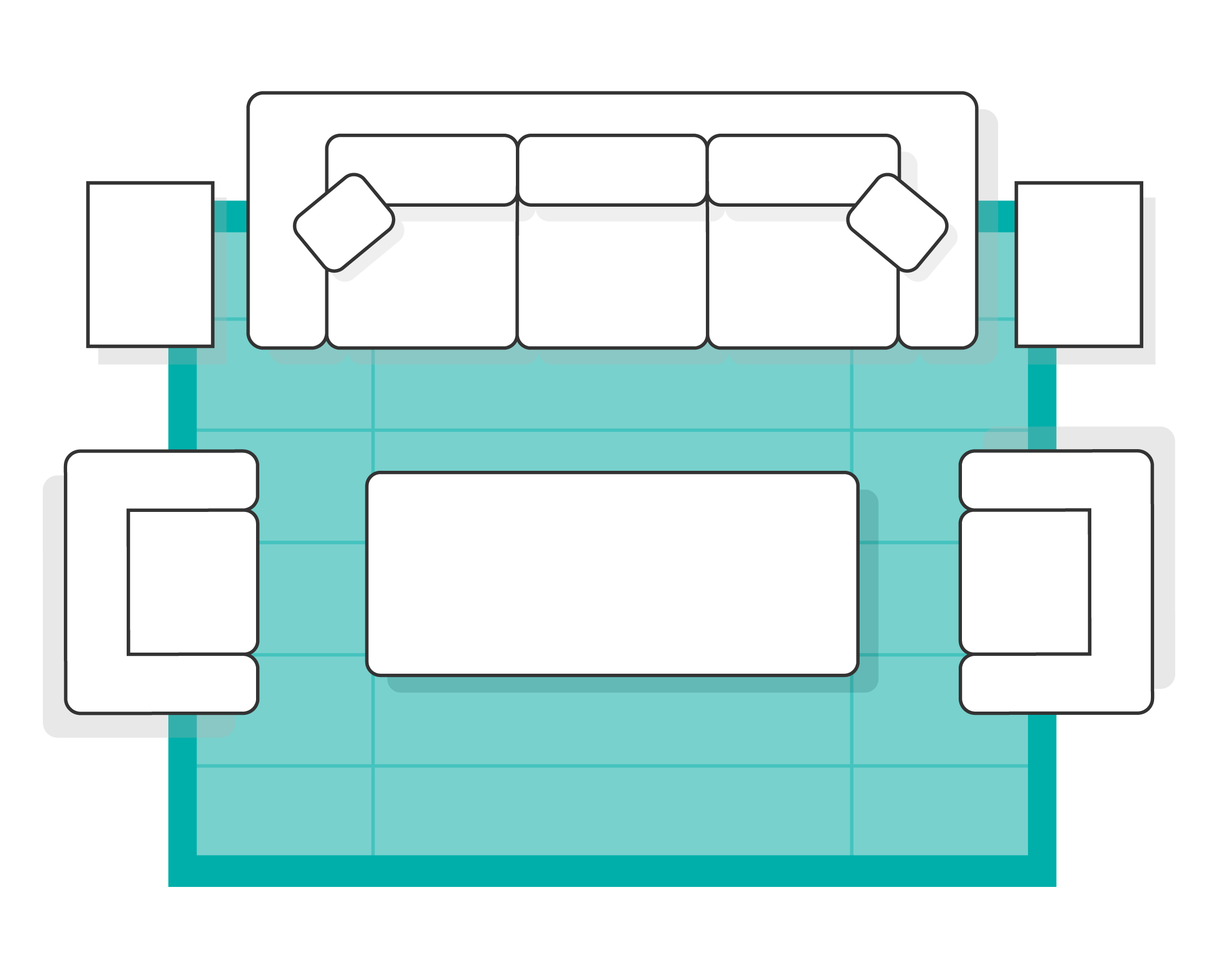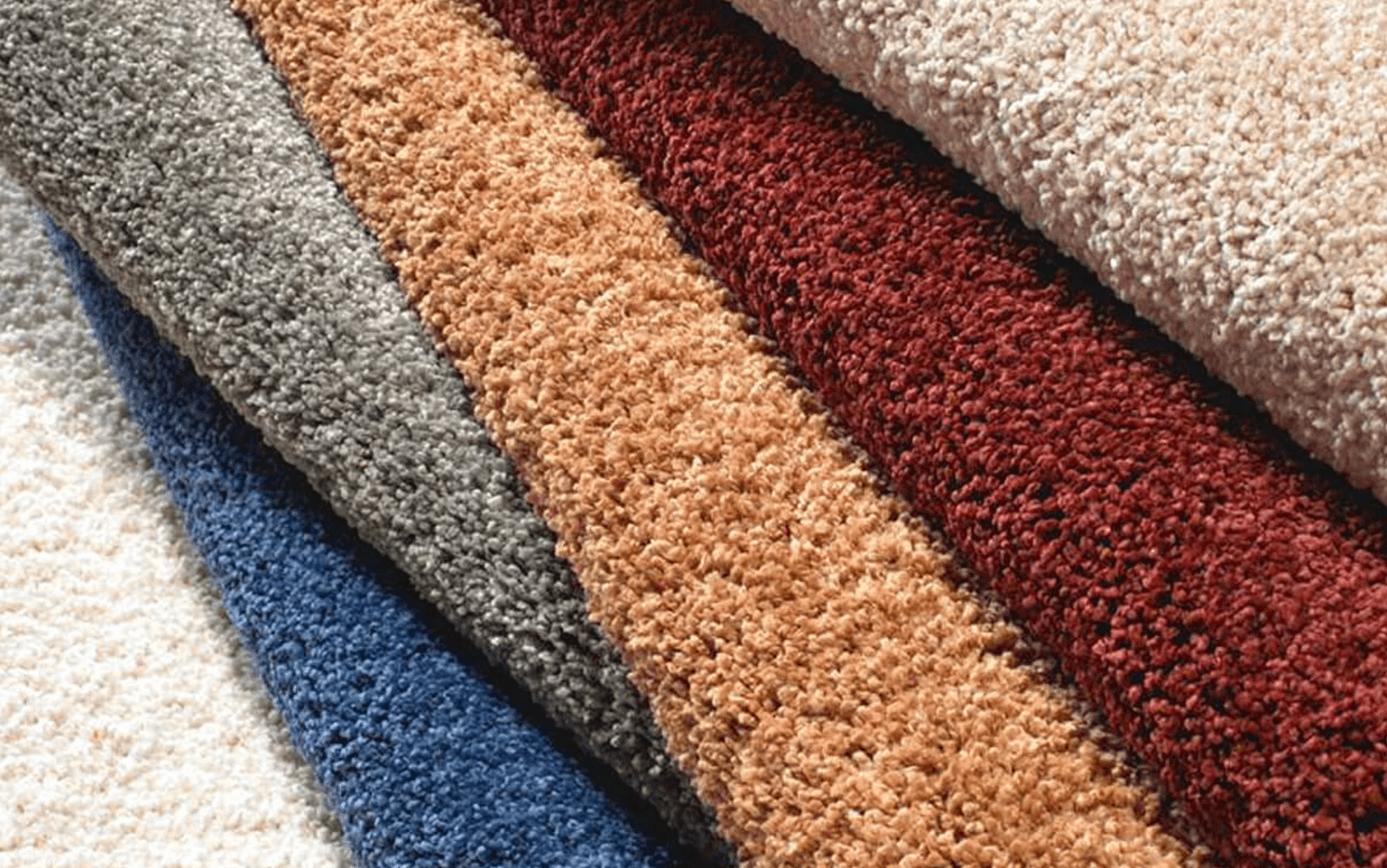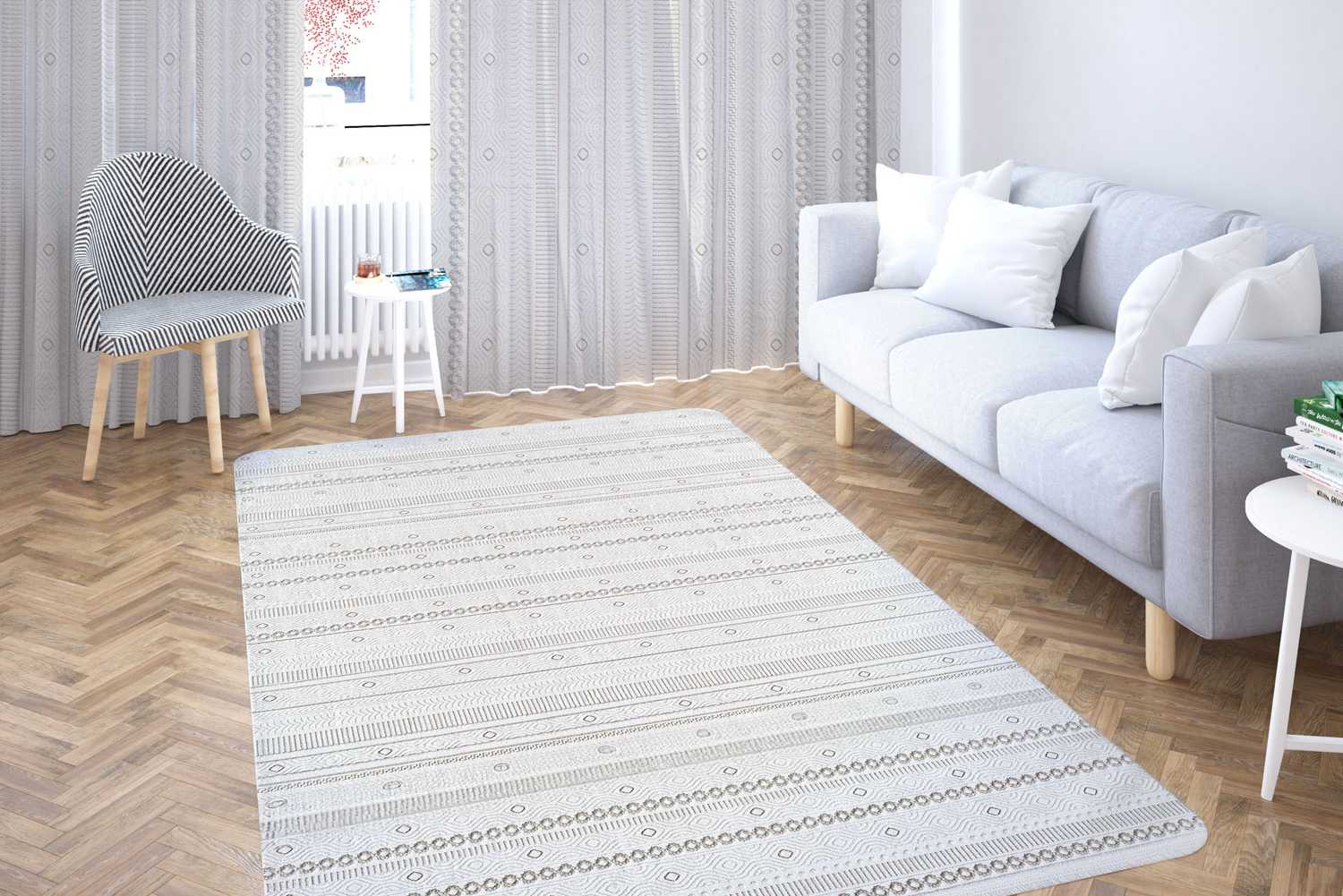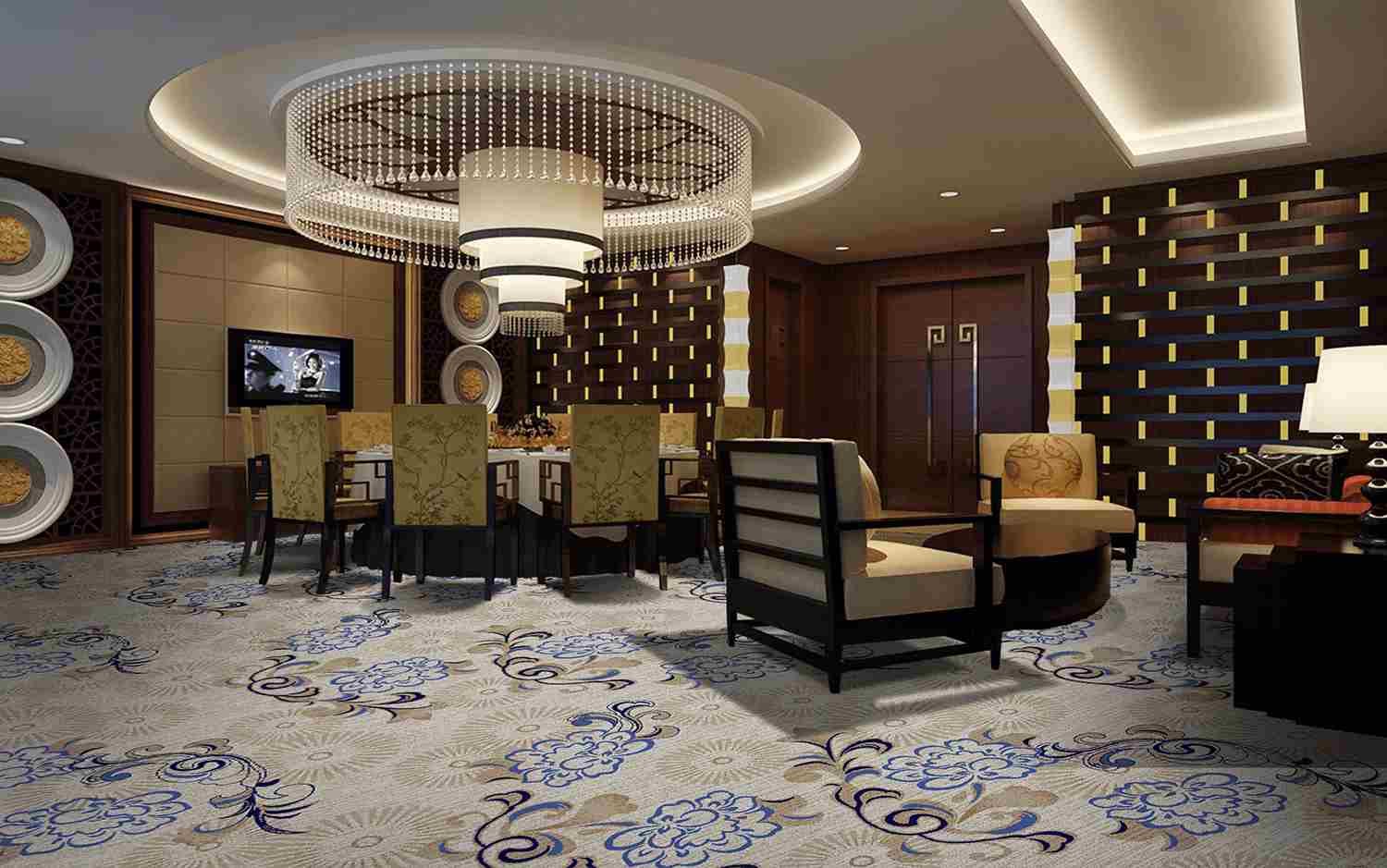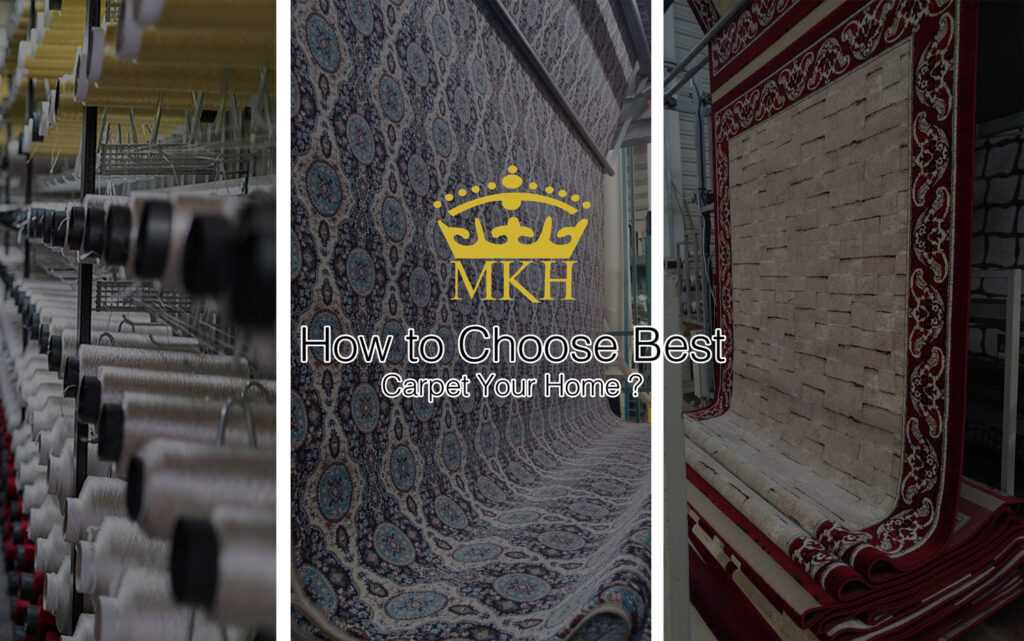
Carpet indeed provides a soft and comfortable surface to walk on, which can be especially beneficial for young children and elderly individuals who may be more susceptible to falls. According to a study published in the Journal of Safety Research, carpeted floors were found to be associated with a lower risk of fall-related injuries compared to non-carpeted floors.
Carpeting can also act as an insulator, helping to keep your home warm in colder months and reduce energy costs. Additionally, carpeting can absorb sound, which may help to reduce noise levels in your home.
Choosing the best carpet for your home can be a challenging task, as there are a variety of materials, designs, and colors to choose from, and each option comes with its own set of advantages and disadvantages.
Some common materials used in carpets include wool, nylon, polyester, and olefin. Wool is a natural material that is durable, hypoallergenic, and flame-resistant, but it can be quite expensive. Nylon is also durable and stain-resistant, but it can be prone to static electricity buildup. Polyester is often less expensive than wool or nylon, but it can be prone to matting and crushing. Olefin is a synthetic fiber that is resistant to moisture and stains, but it can be prone to fading and is not as durable as some other materials.
When choosing a carpet, it's important to consider your lifestyle and the amount of foot traffic in your home. If you have young children or pets, you may want to choose a material that is durable and stain-resistant. You should also consider the maintenance requirements of different materials, as some may require more frequent cleanings than others.
In addition to material considerations, you may also want to think about the design and color of your carpet. Light-colored carpets can make a room feel larger and brighter, while darker colors can add warmth and coziness. Patterns and textures can also add visual interest to a room.
Ultimately, the best carpet for your home will depend on your individual preferences and needs. It may be helpful to work with a professional carpet installer or designer to help you make the best decision for your space.
When choosing a carpet style, it's important to consider not only the aesthetic appeal of the carpet but also its durability and how well it will hold up to your lifestyle and the amount of foot traffic in your home.
Plush and Saxony carpets are known for their luxurious look and feel. They have a dense, even pile that gives them a soft and smooth texture. These carpets are typically made from high-quality materials such as wool, nylon, or polyester, and they often come in a range of elegant colors and patterns.
Due to their dense pile, plush and Saxony carpets are more prone to showing footprints and vacuum marks than other types of carpet. As a result, they are best suited for low-traffic areas such as bedrooms or formal living rooms, where they can be enjoyed without being subject to heavy wear and tear.
When selecting a plush or Saxony carpet, it's important to choose a high-quality material and a reputable brand to ensure the carpet will hold up over time. It's also a good idea to consider factors such as maintenance requirements and the overall design aesthetic of the room.
However, they may not be the best option for high-traffic areas or homes with young children or pets, as they can show footprints and vacuum tracks and may be more prone to wear and tear.
Berber carpeting, on the other hand, is known for its durability and resistance to staining and wear, making it a great choice for high-traffic areas such as hallways or family rooms. Its looped design also makes it less likely to show footprints and other marks.
Textured carpets can also be a good choice for high-traffic areas, as their multi-height fibers can help to hide dirt and other marks. Frieze carpets, with their slightly twisted fibers, offer a soft and cozy feel underfoot while also being able to hide footprints and dirt.
Ultimately, the best carpet style for your home will depend on your lifestyle and needs, as well as your personal preferences for aesthetic appeal. It may be helpful to work with a professional carpet installer or designer to help you choose the best carpet style for your home.
Consider the Room Usage
Rugs can be a great way to tie together a room's decor and create a cohesive look. They come in a wide variety of colors, patterns, and sizes, so you can find one that perfectly complements your existing furniture and decor.
In addition to their aesthetic appeal, rugs can also be functional. They can help to protect your floors from scratches and wear, as well as add an extra layer of insulation and soundproofing. They can also provide a soft and comfortable spot to sit or play on, especially for young children.
When choosing a rug, it's important to consider the size of the space you want to cover and the size of the rug itself. Choosing the right size rug is an important part of creating a cohesive and visually appealing interior design. A rug that is too small for a room can look awkward and out of place, while a rug that is too large can make the room feel cramped and cluttered.
To select the right size rug for a room, you should consider the size and layout of the space, as well as the furniture arrangement. A general rule of thumb is to choose a rug that is large enough to anchor the furniture in the room. For example, in a living room, the rug should be large enough to fit under the front legs of the sofa and chairs, while in a dining room, the rug should be large enough to fit under the dining table and chairs when they are pulled out.
It's also important to consider the proportion of the rug to the room. A rug that is too small for a large room can make the space feel disconnected and disjointed, while a rug that is too large for a small room can overwhelm the space and make it feel cramped. By selecting the right size rug, you can create a balanced and harmonious design that enhances the overall look and feel of the room.
You should also consider the material of the rug, as different materials have different durability and maintenance requirements. Natural materials such as wool and cotton are often soft and comfortable, but may require more frequent cleaning. Synthetic materials such as nylon and polyester are often more durable and stain-resistant, but may not be as soft underfoot.
Ultimately, the best rug for your space will depend on your personal style and needs. It may be helpful to work with a professional interior designer or rug specialist to help you choose the best rug for your home.
Size of the Area Rug
hances the overall look of your space. As a general rule of thumb, you want the rug to be large enough to fit all of your furniture on top of it.
For example, in a living room with a sofa and chairs, you want the rug to be large enough to fit the sofa and chairs with their front legs on the rug. This helps to create a cohesive grouping and anchor the furniture in the space. Alternatively, you can choose a smaller rug that sits in front of the sofa and chairs, but be sure to choose one that is proportional to the size of the furniture.
In a dining room, you want the rug to be large enough to fit the table and chairs with enough space for the chairs to be pulled out without catching on the edge of the rug. A good rule of thumb is to choose a rug that is at least two feet larger than the dimensions of the table on all sides.
Ultimately, the size of your area rug will depend on the size and layout of your space, as well as your personal style and preferences. It's always a good idea to measure your furniture and space before shopping for an area rug to ensure you choose the right size for your needs.
Find the Right Color
When choosing a color for your area rug, start by considering the colors that are already present in your space. You can choose a rug that complements or contrasts with your furniture, or one that incorporates similar colors in a subtle way. You can also choose a neutral rug to create a cohesive and understated look, or a bold and colorful rug to add a pop of personality to your space.
If you're feeling overwhelmed by the color options, you can also look to patterns and textures to help guide your decision. A patterned rug can incorporate a range of colors and tie together different design elements in your space, while a textured rug can add depth and interest without relying on bold colors.
Ultimately, the key to choosing the right color for your area rug is to consider your personal style and the overall look and feel you want to achieve in your space. Don't be afraid to mix and match different colors, patterns, and textures to create a unique and personalized look that reflects your personality and tastes.
Choose the Right Carpet Fiber
Polyester Carpets
Polyester carpet is a popular and affordable option for homeowners looking for a quick replacement or a cost-effective option for their flooring needs. It is known for its softness, vibrant color options, and resistance to stains and fading.
One of the biggest advantages of polyester carpet is its affordability. It is often less expensive than other carpet fibers, making it a great choice for budget-conscious homeowners or those looking for a short-term solution.
Polyester also offers good stain resistance and durability, especially when compared to other synthetic fibers like olefin or nylon. It is less prone to crushing and matting, and it is also less likely to fade over time.
However, it is important to note that polyester carpet may not last as long as other fibers, especially in high-traffic areas. It can also be more difficult to clean than other fibers, and it may not hold up as well to heavy foot traffic or frequent cleaning.
Overall, polyester carpet is a good option for homeowners looking for an affordable and stylish flooring solution, especially for areas with less foot traffic or for temporary installations.
Polypropylene Carpets
Polypropylene carpets, also known as olefin carpets, have some great advantages such as being highly stain-resistant and suitable for damp areas. However, they may not be the best option for high-traffic areas due to their lower resilience compared to other fibers like nylon. Additionally, they may retain oils and attract dirt, but cleaning them is not too difficult. Overall, polypropylene carpets can be a more affordable option compared to nylon carpets.
Acrylic Carpets;
Acrylic is a synthetic fiber that has some great advantages such as resistance to static electricity, moisture, mildew, fading, and staining. However, it is a weaker material compared to other fibers like nylon, and may not hold up well in areas with high traffic. It can be blended with other fibers like wool to improve its performance. Additionally, it is important to be careful with the cleaning supplies used on acrylic carpets, as they can cause discoloration and turn brown when exposed to certain alkaline chemicals.



